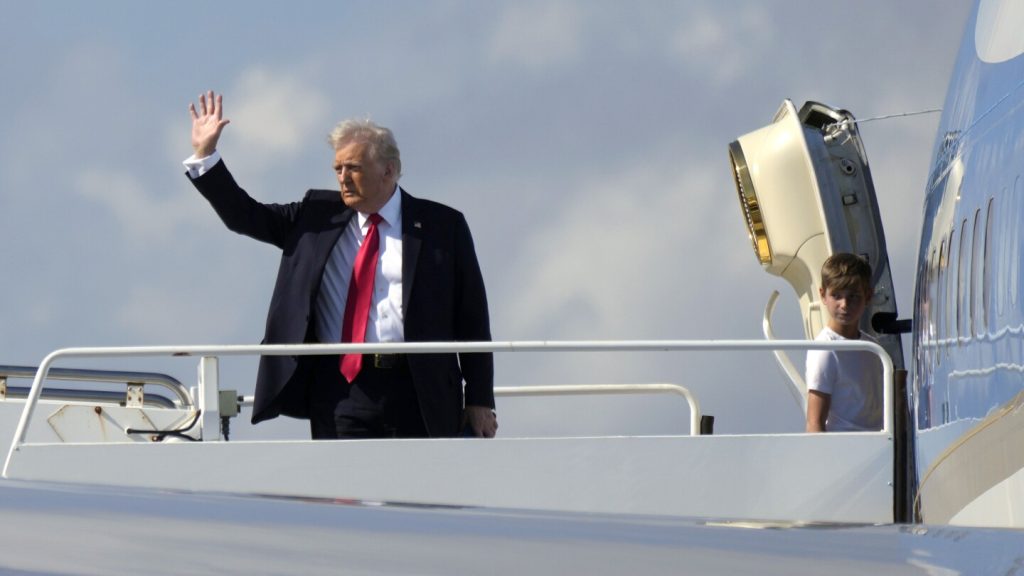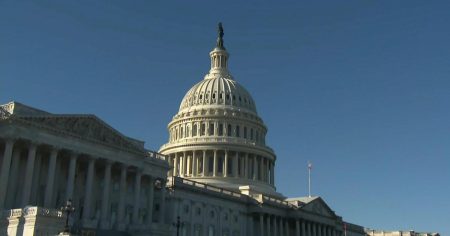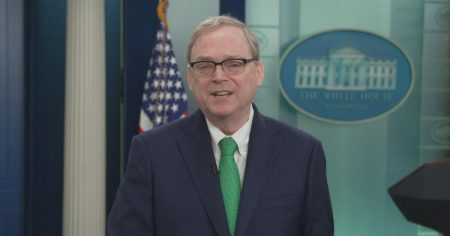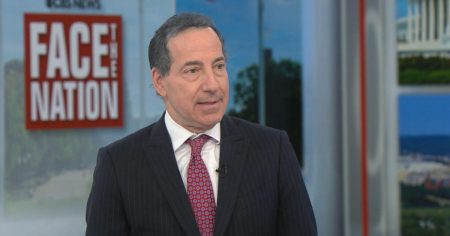Introduction: Trump Announces Tariffs on Steel and Aluminum Imports
President Donald Trump announced on February 9, 2025, that the United States would impose a 25% tariff on all steel and aluminum imports, effective Monday of that week. This decision, shared with reporters aboard Air Force One while traveling from Florida to New Orleans for the Super Bowl, marked a significant step in the administration’s trade policy. Trump also hinted at additional import duties to be announced later in the week, further escalating tensions in global trade relations. The tariffs would apply universally, including to imports from key trading partners like Canada and Mexico. When asked about aluminum, Trump simply replied, “aluminum, too,” confirming that both metals would be subject to the same penalties.
The announcement had an immediate impact on financial markets. Futures trading for U.S. steel companies saw sharp increases before the market opened on Monday. Cleveland-Cliffs, which is in the process of acquiring U.S. Steel in Pittsburgh, saw its shares rise by 8%. U.S. Steel and Nucor also experienced significant gains, with increases of 5% and nearly 8%, respectively. Steel Dynamics’ shares rose by more than 6%. These developments underscored the potential benefits of the tariffs for domestic steel producers, who stand to gain from the protections imposed on foreign competitors.
However, the tariffs also raised concerns among global trading partners, as they could lead to retaliatory measures and disrupt international trade flows. Trump’s decision to impose these tariffs earlier in his presidency, compared to his previous focus on tax cuts and deregulation, signaled a shift in policy priorities. The president has long been vocal about his dissatisfaction with what he perceives as unfair trade practices, and the tariffs represent his latest effort to address these issues.
Impact on Global Trade Relations
Trump’s announcement reverberated across the globe, prompting immediate reactions from key trading partners. South Korea, for instance, called an emergency meeting with its top foreign policy and trade officials to assess the potential impact of the tariffs on its steel industry. Acting President Choi Sang-mok, who also serves as the country’s finance minister, convened the meeting to discuss possible responses to the U.S. decision. South Korea is a significant exporter of steel to the United States, having shipped approximately $4.8 billion worth of steel to the U.S. from January to November of the previous year. This figure accounted for 14% of South Korea’s global steel exports during that period.
The tariffs also caused concern among other major steel-exporting nations, as the 25% levy could significantly affect their industries. Stocks of major South Korean steelmakers, including POSCO and Hyundai Steel, dropped sharply as the market opened on Monday. The global steel industry is bracing for the potential fallout, as the U.S. tariffs could lead to a decline in exports and force countries to seek alternative markets or adopt retaliatory measures.
Trump’s decision to impose tariffs on steel and aluminum imports reflects his broader strategy to address trade imbalances and protect domestic industries. However, the move has also raised fears of a trade war, as other countries may respond with their own tariffs or other trade restrictions. The president’s willingness to use tariffs as a tool for negotiating better trade deals has been a hallmark of his administration, but it has also drawn criticism from economists and trade experts who warn of the potential consequences for global economic stability.
Domestic Economic Implications and Market Reactions
The announcement of the tariffs had a mixed impact on the U.S. economy, with domestic steel companies experiencing immediate gains while other sectors expressed concerns about the potential consequences. The shar












